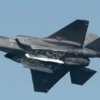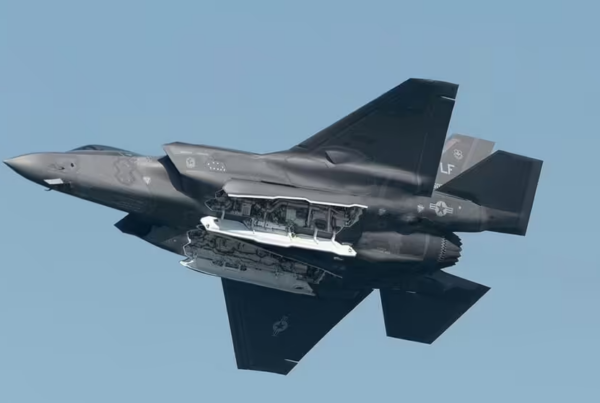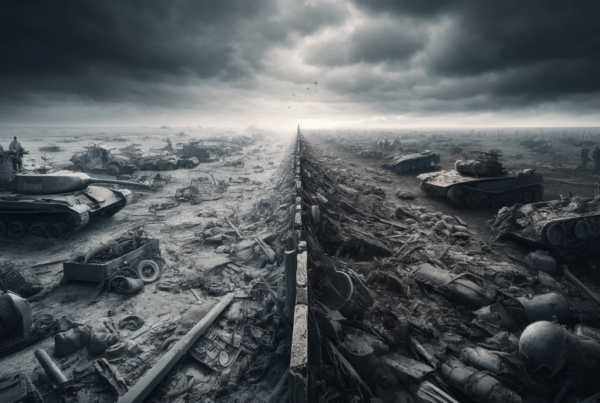In December, I am planning on taking advantage of an invitation to a conference in the UK to make a detour for a few days to Ypres in Western Belgium. The plan is to pay my respects to a great uncle and to some members of my old student fraternity and my old regiment. On inquiring to the Commonwealth War Graves Commission about their current whereabouts, I was often told to look for them on the Menin Gate and in the walls of Tynecot Cemetery.
Intellectually, I knew what the Menin Gate in Ypres was, but had never really thought that much about what it meant. In addition to the daily ‘wastage’ extracted from troops deployed into the trenches of World War One, there were five major battles fought around the city (as it was the only city in Belgium to stay out of German hands during the war). The Menin Gate – where the names of several of those to whom I intend to pay respects can be found – is a memorial to those British/Dominion soldiers who have no known grave, whose bodies were pulverized by shellfire or who vanished into the mud.
The intensity of the Ypres battles and the effect of concentrated shellfire on low marshy ground ensured there were plenty of soldiers who vanished; 54,896 names (including those of 6,983 Canadians) were inscribed on the memorial before they ran out of space. The overflow can be found at the nearby Tynecot cemetery, which contains 11,871 graves and the names of another 34,888 men who are still missing. In addition to these, the Newfoundland Regiment and New Zealanders have separate memorials to their missing from the Ypres Sector.
Over 89,784 missing men lie somewhere around this one city, and there are tens of thousands of more dead soldiers with known graves. The Belgians, French and Germans have cemeteries in the vicinity and had whole armies vanish into the Ypres maelstrom of shellfire and mud as well. The Germans also have their hard memories of the sector – their casualties in Third Ypres in 1917 (which we sometimes refer to as Passchendaele) were not much lower than British/Canadian losses and even old frontline storm troopers like Ernst Junger trembled to recollect their experiences there. The first battle, in October 1914, is referred to by the Germans as “Der Kindermord” – death of children – for the staggering losses the rifle fire of Britain’s regular soldiers inflicted on the Kaiser’s reserve units, many of whom were made up of students.
That the First World War was a carnival of carnage is widely known, but sometimes the fact of it seldom strikes home. In some respects, I am not looking forward to seeing the Menin Gate and Tynecot Cemetery for myself, as these mere numbers will give way to the haunting effect of these memorials and – as happens to so many visitors – the sense of loss comes crashing in.
At the time of writing (mid-October, 2006), Canada had so far lost 42 soldiers killed in Afghanistan, two thirds of them in 2006 alone when the Canadian contingent went nose to nose with a major Taliban offensive in the southwest of the country. Our soldiers killed hundreds of Taliban too, and it is good to know that they have the same stuff of their grandsires and great grandsires who fought so well in the World Wars. It is a hard mission, far from home (as is much of any soldier’s life) and the risk of injury or death is – alas – growing.
Additionally, they are doing excellent work. When Canada took up a combat role in Kandahar in late 2005, it appeared that the Taliban was preparing a big-comeback into southwestern Afghanistan for 2006. This is precisely what happened and the bulk of the year involved battling a major guerrilla offensive. Canada, by the way, is unused to fighting guerrillas and the Canadian Army has not confronted them since the Boer War.
Moreover, only some of the Taliban – part-timers mostly – are from Afghanistan. The major offensive that our troops helped to shatter was made possible by the importation of Jihadis from around the Islamic World; our troops have found the bodies of Yemenis, Saudis, Algerians, Chechens and many others. All were armed and brought to Pakistan, and then crossed into Afghanistan to destroy its stability and economic growth. This has been a considerable expense to the Jihadist movement. If these Jihadis weren’t in Afghanistan, it is conceivable that they would be plotting terrorism elsewhere; but so many of them are now incapable of hatching anything more than maggots and worms. The actions of our troops are contributing to the safety of countless others across the world.
With 2,000 troops in Southwestern Afghanistan, we’ve lost 30 dead (so far) in 2006 – a fatal casualty rate of 1.5%. As always, there is a higher risk of being wounded; and as always the danger is greatest in the infantry. They are seeing a lot of combat, although it is still much less intense (but never seems so to the participants) than would have been the experience in either World War or Korea.
The casualty rate is starting to get their families nervous and who can blame them for being so? I have friends and acquaintances – some of whom go back to my long-ago days in the Army — who have been deployed there, and fear for them as well. It is also making some politicians flighty and talk is already arising about bringing our troops home, particularly to salvage our so-called ‘peacekeeping’ tradition.
It also does not help that every death is immediately reported as a headline in Canada and that every military funeral is covered so closely. God knows, the Canadian military has been starved for attention in the past, but this is too much.
In the First World War, Canada lost 61,082 in its armed forces (the lion’s share with the Army), not including the dead who belonged to Newfoundland, then a British Colony, or many Canadians who died while serving with the Royal Navy or the British Army. Although no Canadians seem to have been killed before February 1915, when the Princess Pats went into the line for the first time, and the real killing didn’t get into stride until late1916, Canada was at war for 1,530 days. In short, for every day in the 1914-18 war, we lost an average of over 40 men.
Additionally, the entire Canadian population on the eve of the First World War (using the 1911 Census), was 7.2 million people. To have a proportional impact as a typical day in World War One for our current population of 32 million would mean losing some 180 soldiers each and every day.
During the Second World War, Canadian troops didn’t see any action until the defence of Hong Kong in December 1941, and – Italy notwithstanding – the bulk of our Army wasn’t in combat until the Normandy Campaign in 1944. A much higher percentage of our war dead came from the Navy and the Air Force (from bomber crews over Europe particularly). Altogether, Canada got off lightly – 45,300 military men and women died in the conflict. Essentially, we lost almost 21 dead for each of the 2,176 days that comprise the Second World War. Of course, the daily death toll didn’t really start to get alarming until after D-Day, on which 350 Canadians died, and the loss rate remained stark thereafter.
The 1941 Census reported 11.5 million Canadians and the impact for contemporary Canada to be equal to that of the Second World War would be to lose 56 soldiers every day.
The death of every soldier in Afghanistan is a tragedy – one of intense proportions to his or her family, friends and comrades. But it is unhealthy for Canada as a whole – and to the cause for which our troops are engaged — to pay so much attention to each fatality; particularly when the deaths of dozens of our military personnel on other missions over the last fifty years often went almost unmarked. Additionally, the day may come (maybe sooner than many of us think) when our country faces trials as dire as those of the World Wars; and if we are hypersensitive to the loss of a few soldiers now, what sort of psychological paralysis are we setting ourselves up for then?








